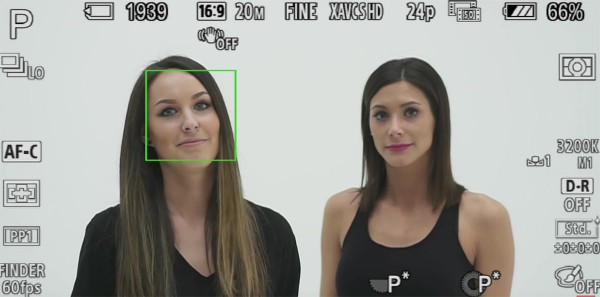
A longtime part of Sony’s camera legacy, face detection brings with it the ability for the camera to focus on faces and prioritize them over anything else in the photo/video. Taking that feature one step further is Face Registration on the mirrorless E-mount Sony a6300, with which you can teach the camera up to eight faces. With this feature enabled, the camera not only focus on faces, but prioritizes those it’s learned, perfect for large group photography and videography where different people can come and go in your shot.
As someone who regularly attends different cons and events, being able to have the camera know my face or Allegra’s would make a huge difference in ensuring our videos are always in focus. This is especially true at CES where herds of people come and go with little care to what others are doing around them. But it’s not hard to imagine this being a killer feature for many professionals, like wedding videographers.
After the jump, an in-depth video from Gary Fong showing off the feature that’s frankly part magic.

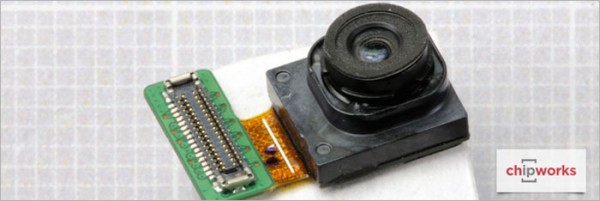
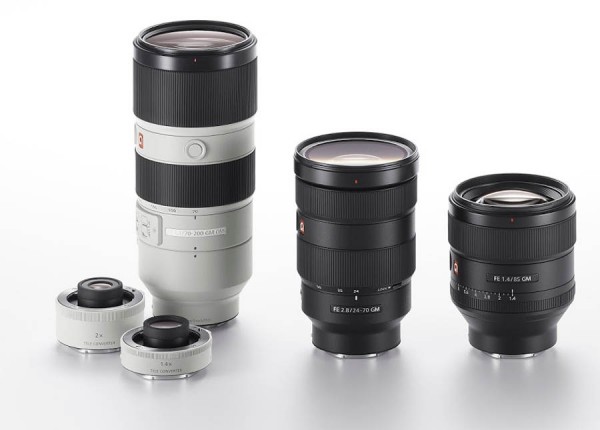

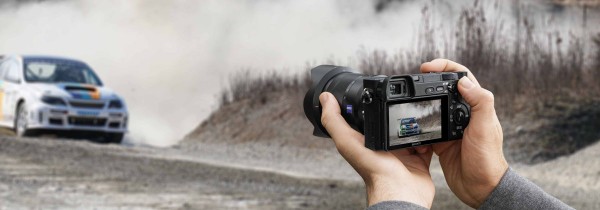
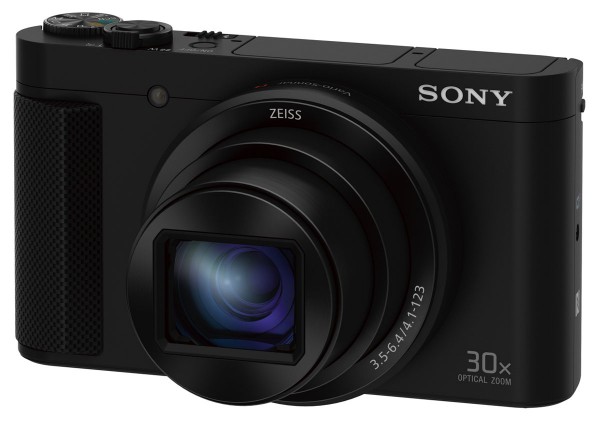 Leaked
Leaked 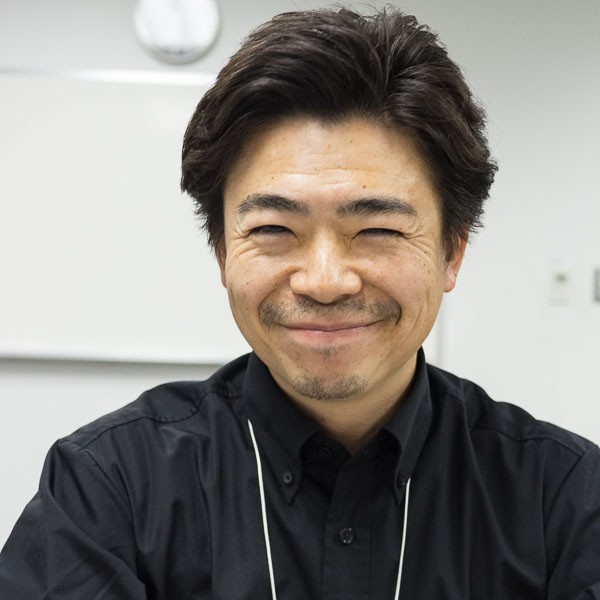
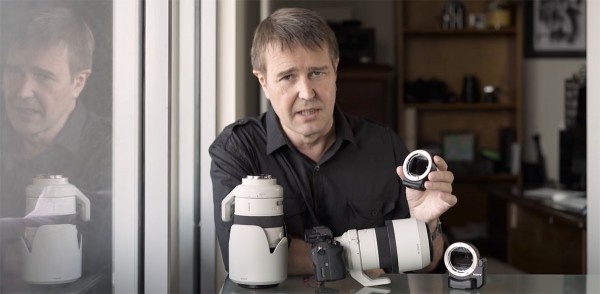
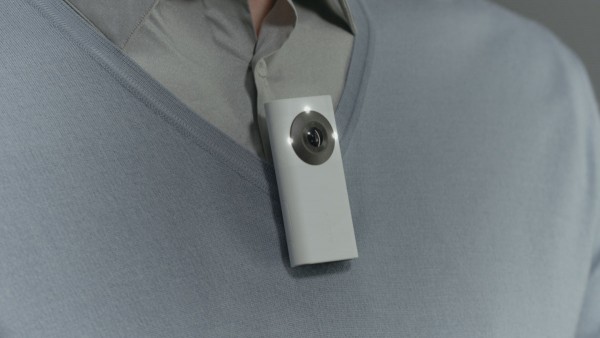
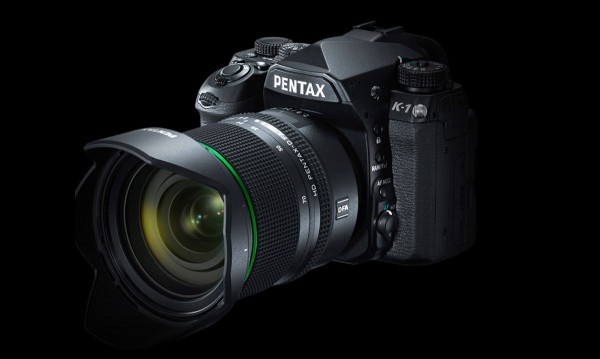
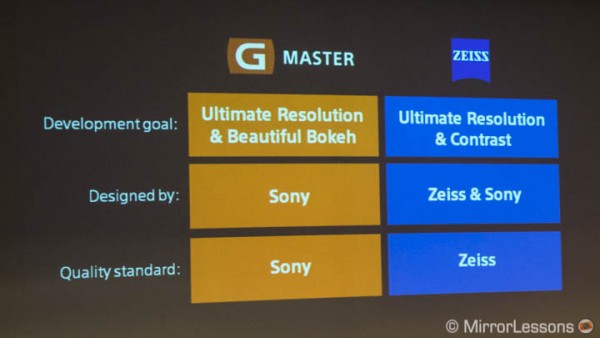
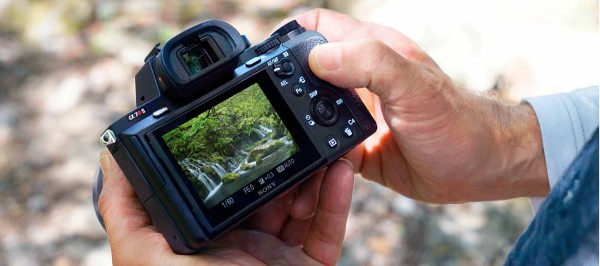
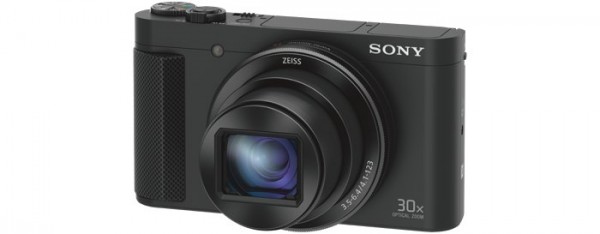
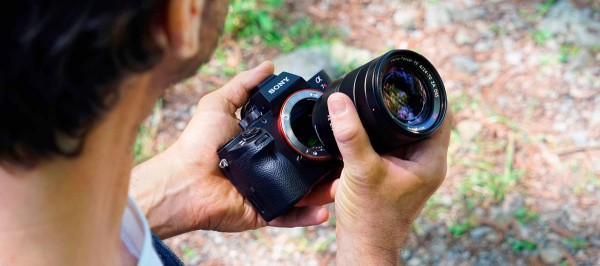
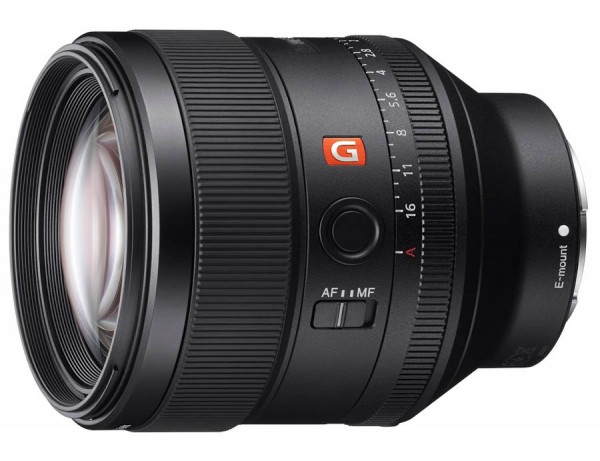 At the beginning of the month Sony debuted
At the beginning of the month Sony debuted
You must be logged in to post a comment.